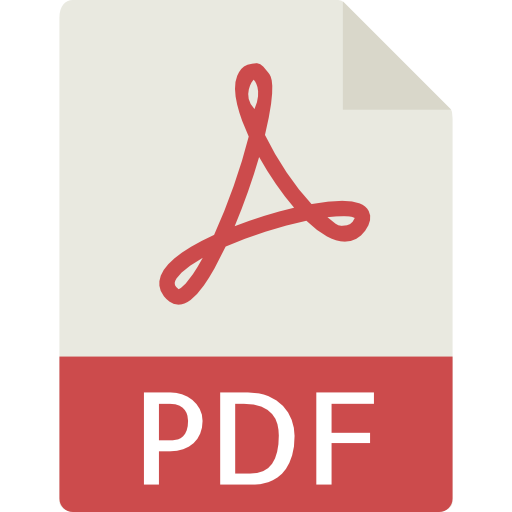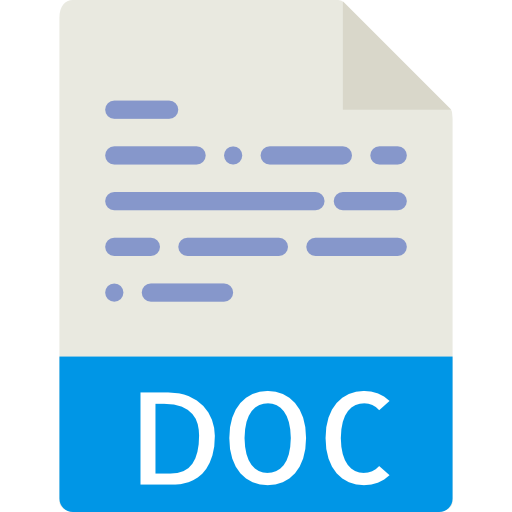Final Report
Submission
Type
Team Submission. Students in the course must participate in the writing process in a group oriented setting.
Begin Work
to fill in some parts as early as possible
at the latest after the conclusion of the evaluation
Criteria
Create and disseminate an evaluation report1 using the criteria outlined below. This submission is due in two weeks prior to the final week of the term. For an exact date, please check
eCampus.
It is assumed that your report will not be returned. If anyone wants feedback on the final report, please send an email or Slack requesting it by the end of the week. The document will be returned with comments to the entire team unless otherwise requested.
Structure
construct a single document that uses a one voice
use language appropriate for your intended audience and using proper grammar, spelling, and consistency in tone2
make the entire product aesthetically pleasing
remain consistent in how elements of the Body are portrayed3
create two to three variants following the table below
Variant
Submission to
Description
Must satisfy Body criteria
Required format
Client
Sponsor
This is a full evaluation report without any course related documentation
1-11

Public
Remove any identifiable information and follow the guidelines of your IRB approval if applicable.
1-12

Course
This is a full evaluation report with additional course related documentation
1-13

name your files using both of the following formats
teamname_finalreport.docx
teamname_finalreport.pdf
Body
Required headers are provided in bold and must be submitted in order.
title page
Include a cover page with the (a) title in the middle of the page and (b) every group member’s name in the lower right-hand corner in an order of your choice with internal roles in parentheses if applicable.
Table of Contents
Executive Summary
This is a one (1) to three (3) page shortened description of the full report. It is arguably the most crucial part, so please make sure you pay special attention to this part. You must include at least two data visualizations!4
Introduction
Provide a detailed description of the program derived from D1, D2, and your actual evaluation.
Purpose
In one (1) page or less, describe the
- underlying reason for the evaluation
- evaluation questions
- any other overarching purpose related elements you deem fit
Timeline
Provide a brief narrative and graphic outlining the entire evaluative process and activities. This should be no more than one (1) page.
Methods
This section will be a detailed description of your implemented methods. At minimum, please cover the following where applicable:
Participants
A description, including demographics, of the overall targeted population and sample that you have drawn.
Data Collection
secondary data
Provide a description of what existing data you used in your evaluation, where it came from, what it looks like, and a description of the parts used.
primary data
Discuss what data you actively collected within the scope of the evaluation, what it looks like, how you collected it, what instruments and/or materials were used, and how you gained permission from participants.
Analysis
Provide a brief, clear and concise narrative of your analysis. Include tables and figures to make your point. Address how you analyzed the quantitative, qualitative, and or mixed data you had. Make a concerted effort to be extremely clear regarding the steps, when they occurred, and how you tackled the data set(s).
Results
Provide summery description of the results. These must be directly tied back to the original evaluation questions.
Recommendations if applicable
program-level
Provide recommendations for improving the program. These should be tied back to the original evaluation questions.
evaluation-level
Provide recommendations for future evaluators including, but not limited to, what areas of the program may be value added to study, lessons learned from your evaluation efforts, etc.
Appendix
Provide the results of your theory driven evaluation, in that note (a) your initial logic model with a summarized description, (b) an updated logic model with a summarized description, and (c) an explicit comparison using a narrative and/or table indicating elements of the program that differ between both. Add additional appendices as needed but please label each as A, B, C, ect.
Statement of Integrity
Written by your team collectively, submit a one (1) paragraph narrative describing everything you stated is truthful and that you indeed performed the work indicated within the evaluation report is accurate. Note that all parties must provide a signature under the paragraph agreeing to the statement. Digital signatures are absolutely acceptable and highly recommended.
Submission Receipt
Provide a receipt, statement signed by the primary stakeholder/sponsor, or some other proof that you have submitted your final report to the intended individual or party.
It is highly unlikely that a score will be changed unless there is an egregious error on my end so please check your entire document over prior to submission.
Please note that APA 7th edition formatting is not required. ↩︎
Keep in mind that evaluation is 10% reporting and 90% politics! You may find yourself walking a fine line in reporting findings while attempting to utilize a welcoming tone and readable narrative in your writeup. If you would like hints or suggestions, please feel free to reach out. ↩︎
For example, all tables should follow the same structure and aesthetic, color palettes should remain the same for the same variable throughout, etc. ↩︎
If you are unsure how to write an executive summary, try Dr. Davidson’s site for some hints. ↩︎